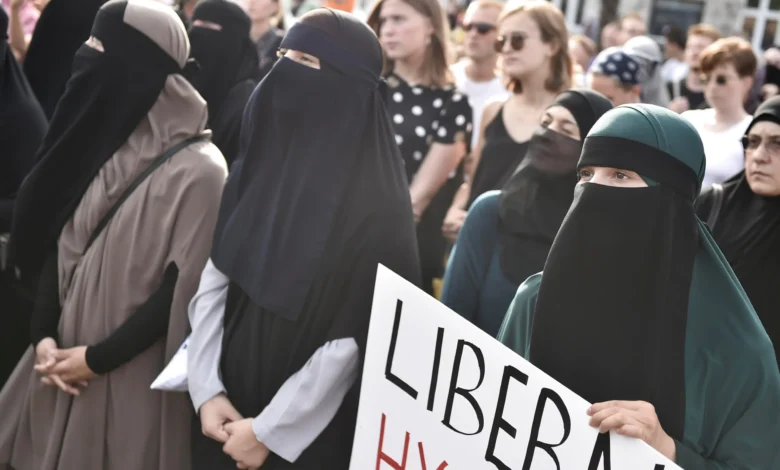French Schools Turn Away Girls Wearing Abayas as Muslim Rights Group Challenges Ban
Girls Wearing Abayas

Introduction
In recent years, France has grappled with a sensitive issue – the ban on girls wearing abayas in French schools. This has sparked a significant debate, with a Muslim rights group challenging the ban. In this article, we explore the reasons behind French schools’ actions and the implications for the affected students and the wider society. We will also discuss the legal aspects and the possible resolutions to this contentious issue.
French Schools Turn Away Girls Wearing Abayas as Muslim Rights Group Challenges Ban
The ban on girls wearing abayas in French schools has stirred controversy and raised important questions about religious freedom and cultural diversity. This section explores the key aspects of the issue.
The Ban’s Origin
The controversy began when some French schools banned girls from wearing abayas, citing concerns about secularism and the need to maintain a strict separation between religion and education. The Muslim community and human rights organizations resisted this decision.
Muslim Rights Group’s Response
A prominent Muslim rights group representing the interests of the Muslim community stepped up to challenge this ban. They argue that it infringes upon the religious freedom of Muslim students and promotes discrimination. The group has initiated legal proceedings to overturn the ban.
Cultural Significance of Abayas
Abayas hold deep cultural and religious significance for many Muslim women. They are not just a piece of clothing but a symbol of modesty and faith. Some have seen the ban as an attack on these values.
The Impact on Students
The ban has had a significant impact on Muslim girls attending French schools. They are forced to choose between their religious beliefs and their education, leading to feelings of exclusion and isolation.
Legal Complexities
The legal aspects of this issue are complex. French law emphasizes secularism, but it also guarantees freedom of religion. Balancing these two principles is at the heart of the debate.
Possible Resolutions
Finding a resolution to this issue is challenging but essential. Possible solutions include:
- Revising the school dress code.
- Accommodating religious attire within reasonable limits.
- Promoting dialogue between the school authorities and the Muslim community.
Public Opinion
Public opinion on this issue varies widely. Some support the ban as a means of upholding secularism, while others view it as an infringement on religious freedom. The diversity of perspectives makes it a contentious topic.
International Attention
The controversy has gained international attention, with human rights organizations and foreign governments closely monitoring the situation. France’s response to this issue could have broader implications on the global stage.
Conclusion
The controversy surrounding French schools turning away girls wearing abayas as a Muslim rights group challenges the ban highlights the delicate balance between secularism and religious freedom. It is a complex issue that requires thoughtful consideration and dialogue. As the legal proceedings unfold and public discourse continues, the world watches closely, hoping for a resolution that respects cultural diversity and secularism principles.
FAQs
Q: Why do French schools ban girls from wearing abayas?
A: French schools cite secularism and the need to maintain a strict separation between religion and education as the primary reasons for banning abayas.
Q: How has the Muslim rights group responded to the ban on abayas?
A: The Muslim rights group has challenged the ban in court, arguing that it infringes upon the religious freedom of Muslim students.
Q: What cultural significance do abayas hold for Muslim women?
A: Many Muslim women consider abayas a symbol of modesty and faith, holding deep cultural and religious significance.
Q: How has the ban impacted Muslim girls attending French schools?
A: The ban has forced Muslim girls to choose between their religious beliefs and education, leading to feelings of exclusion and isolation.
Q: Are there any possible resolutions to this issue?
A: Possible resolutions include revising the school dress code, accommodating religious attire within reasonable limits, and promoting dialogue between school authorities and the Muslim community.
Q: Why has this issue gained international attention?
A: This issue has gained international attention because it raises important questions about religious freedom and cultural diversity, with implications beyond France’s borders.
For more Articles like this, click here.



